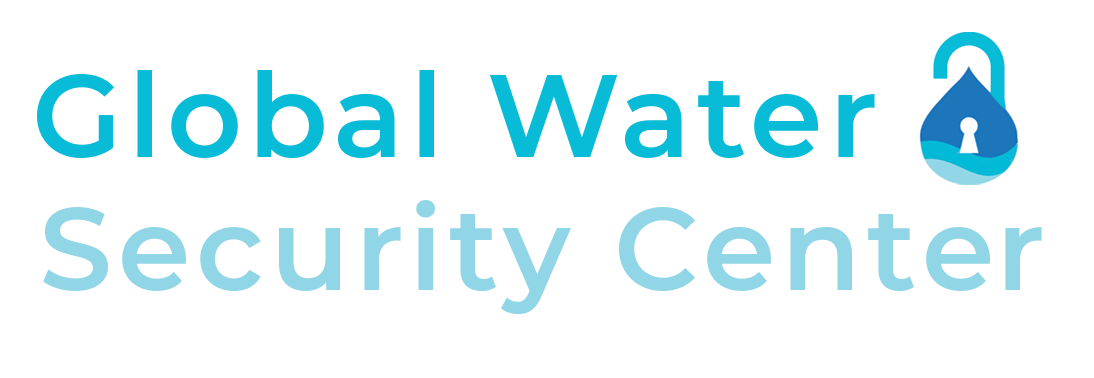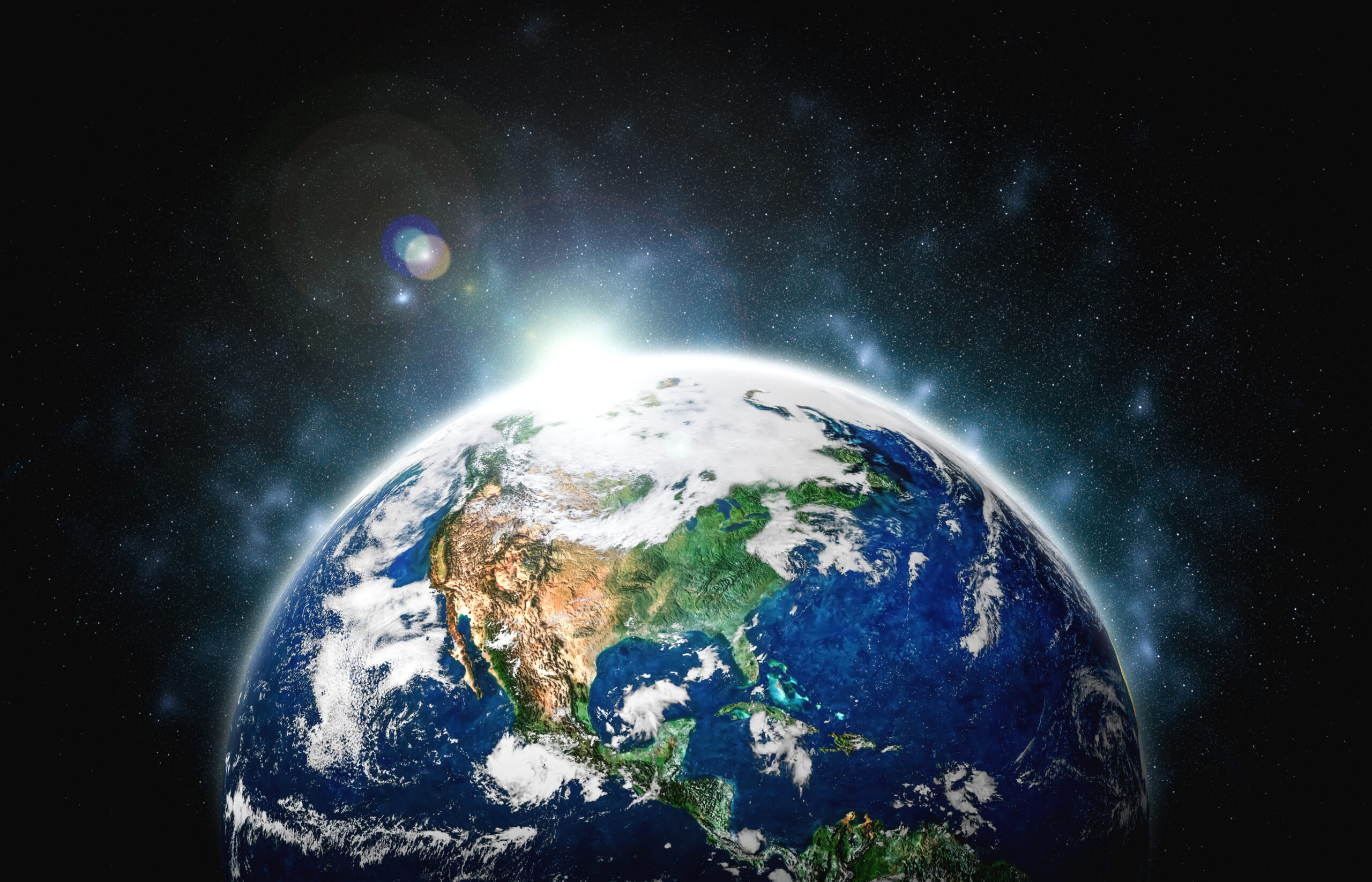This opinion article was written by GWSC Director Mike Gremillion.
Recently, I had the privilege to attend the inaugural “Integrating Climate Change into Professional Military Education” conference in Stockholm with leaders from Canada, France, Germany, Italy, the Netherlands, NATO, Sweden, the United States and the United Kingdom.
As I listened and participated, I couldn’t help but marvel at the progress we’ve made in ensuring water security is at the forefront of our military and national security planning. Having served a number of years in this arena, I have been fortunate to witness and contribute to this progress.
Last year at COP27, water was featured in the final declaration for the first time. At this year’s COP28, that trend continued with water playing a prominent role in the conference. In a new framework for the Global Goal on Adaptation (GGA) water is the subject of the first target: “Significantly reducing climate-induced water scarcity and enhancing climate resilience to water-related hazards towards a climate-resilient water supply, climate-resilient sanitation and towards access to safe and affordable potable water for all.”
Water security also easily crosses party lines within US government, with both the Trump and Biden administrations calling out its importance in public-facing national security documents. Trump’s team noted in the US Global Water Strategy (2017) that water “may be the most important issue we face for the next generation.” Biden’s White House Action Plan on Global Water Security stated that “as the source of both life and livelihoods, water security is central to human and national security.”
Yet there is much work to be done. Water security conversations still exist in two very distinct worlds: academic and government. A disconnect often exists between the people who are executing science initiatives related to water security and those who are making decisions about national security. Forecasting remains an imperfect science, and improvements must be made in monthly to decadal timescales and the ability to interpret and contextualize these forecasts.
Additionally, an effort must be made to track critical mitigating factors including infrastructure, such as dams or diversions, and institutional capacity, such as treaties and river basin organizations, as well as evaluate water risk to food supply by modeling global agricultural water use. These new datasets and algorithms then need to be operationalized.
The Global Water Security Center continues to position itself to do this work, with support and in partnership with key government entities. We have started 2024 in an exciting place, with much work ahead of us, and we look forward to seeing the positive impact it will have on US national security.

